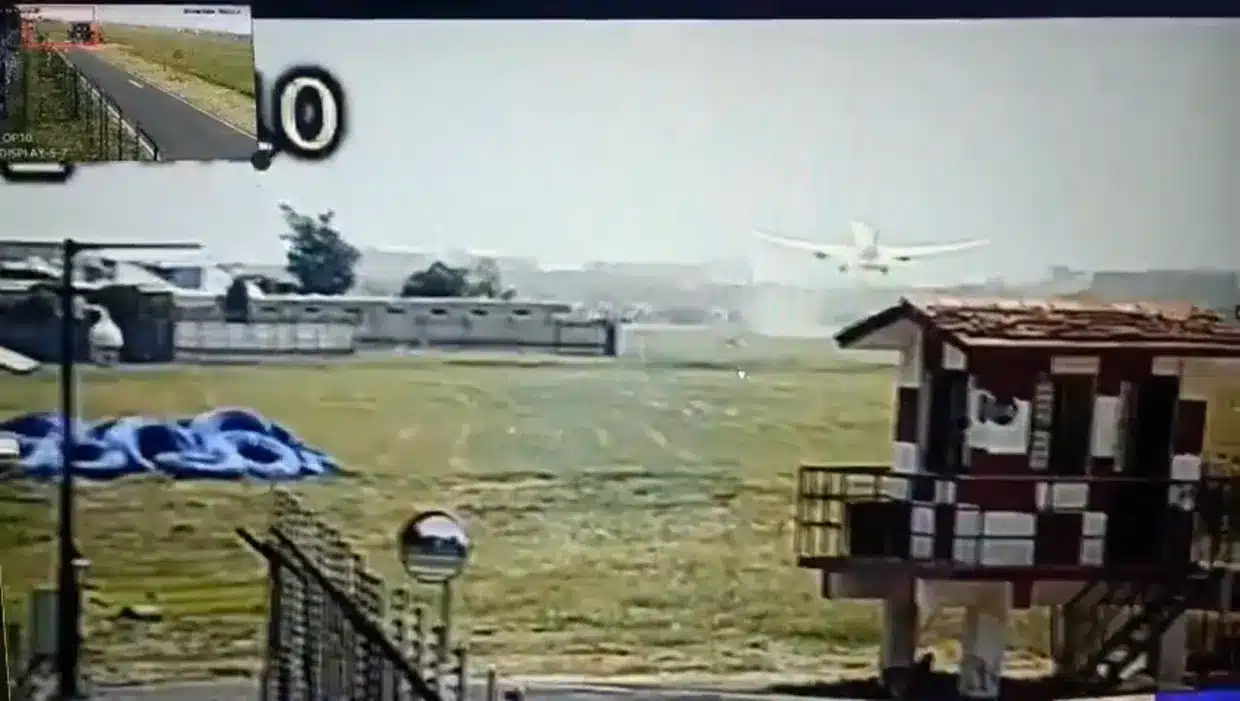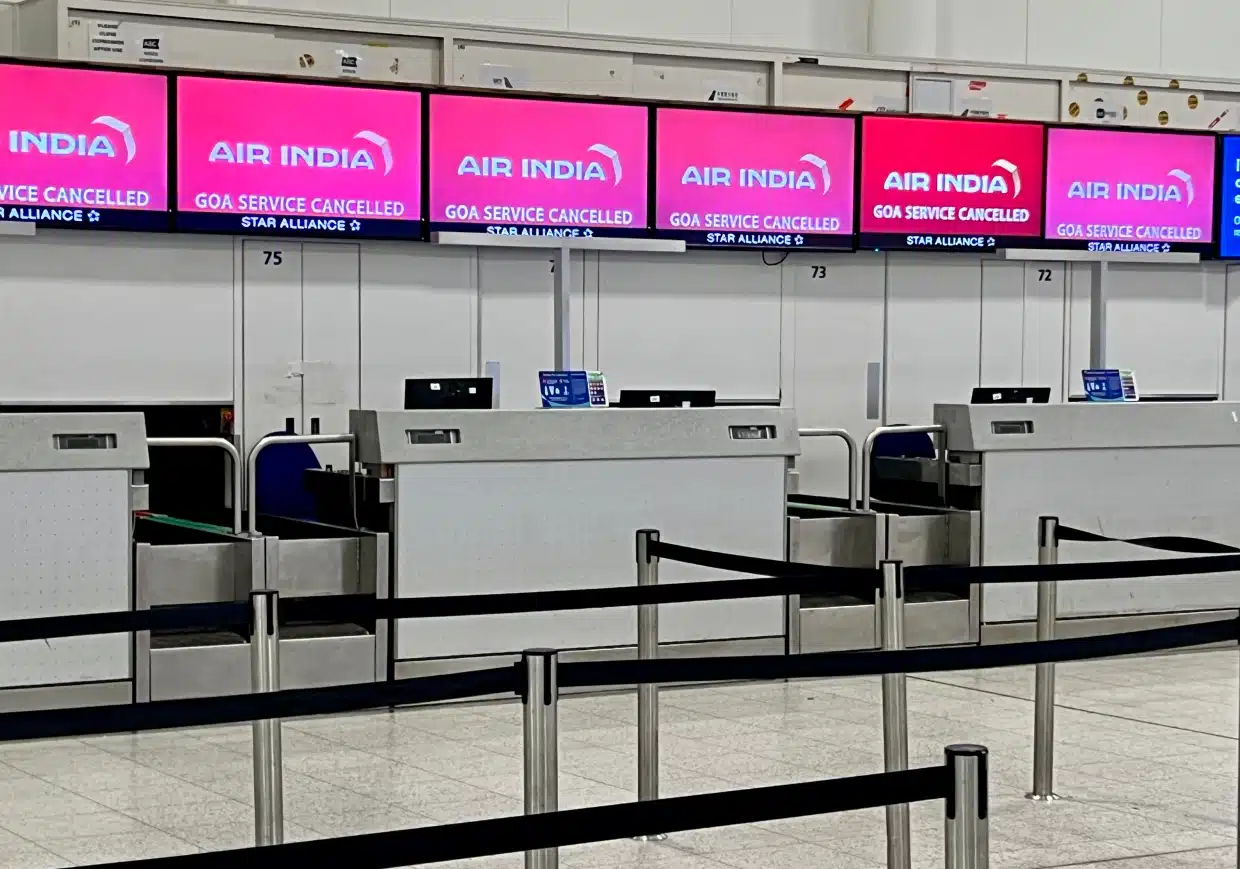The tragic Air India crash that killed at least 265 people, including 53 Brits and 11 children, has left the world searching for answers.
Flight AI171, a Boeing 787 Dreamliner, crashed shortly after takeoff from Ahmedabad en route to London Gatwick, slamming into a doctors’ hostel.
While investigators have recovered one of the black boxes, helping provide critical data on speed, altitude, and pilot conversation, there’s still no official cause. But six major theories are now swirling around the disaster.
Bird Strike Blamed as Top Theory

Many aviation experts are pointing fingers at a potential bird strike. Ahmedabad Airport has long been flagged for its large bird population, with a 2018 study warning of high bird-aircraft collision risks. Captain C.S. Randhawa and aviation consultant Mohan Ranganathan both believe a bird strike is the most likely cause. If a bird hit one or both of the engines, it could have triggered catastrophic engine failure. This wouldn’t be the first time a bird caused disaster, US Airways Flight 1549 famously landed in the Hudson River after a bird strike disabled both engines.
Flap Settings Could Be a Major Factor

Video footage and expert opinions have sparked talk about whether the wing flaps were properly set. The flaps help generate extra lift during takeoff, and if they were retracted, or only slightly extended, it could’ve stopped the plane from gaining altitude. Aviation author Terry Tozer and pilot Marco Chan say that from the available footage, it looks like the flaps were barely visible, pointing to either pilot oversight or mechanical failure.
Pilot Error Under the Microscope

Despite being flown by highly experienced pilots, Captain Sumeet Sabharwa had over 8,000 hours of flight time, investigators are still exploring potential pilot error. Co-pilot Clive Kundar, who had made the emergency mayday call, also had over 1,000 hours of experience. Still, reports suggest they used less than 2,000 meters of runway during takeoff on a hot day, when the aircraft likely needed at least 2,500 meters to lift off safely. Human error, particularly in flap settings or thrust monitoring, is still a key focus.
Extreme 40°C Heat May Have Doomed Lift-Off

Flight AI171 took off under sweltering 40-degree Celsius conditions. That kind of heat reduces air density, which means less lift during takeoff. Combine that with a fully loaded plane, fuel, passengers, luggage, and the aircraft may have struggled to achieve the thrust and altitude it needed. The co-pilot’s mayday call, “No thrust, losing power, unable to lift”, adds weight to this theory.
Mechanical Failure Not Ruled Out

Though the Boeing 787 has a spotless crash record until now, that doesn’t make it immune. The Dreamliner’s engines, built by General Electric, have had reported issues in the past. The possibility of a technical malfunction, whether in the engines, flap systems, or landing gear, remains open. The crash also follows growing concerns over Boeing aircraft safety after the 737 MAX disasters and a recent $1.1 billion settlement with the U.S. Justice Department.
Overloading Theory Is in Play

While airlines typically manage aircraft weight closely, the combination of high heat and a heavy load could have tipped the scales. Overloading alone might not have caused the crash, but it could have magnified problems with lift, drag, or thrust. At this point, it’s considered a less likely but still possible factor.
As investigators continue analyzing the black box and wreckage, the world waits for concrete answers. But for now, these six theories give us the clearest picture yet of what might have led to one of India’s deadliest aviation tragedies.
- Experts Reveal 6 Disturbing Air India Crash Clues - June 14, 2025
- BOOST Program Launches $1,000 Monthly Student Checks - June 14, 2025
- Deadly Fruit Recall Hits 19 States in Shocking Alert - June 14, 2025

